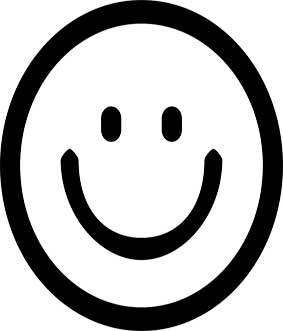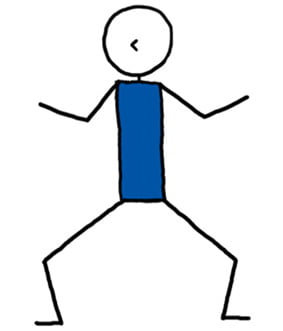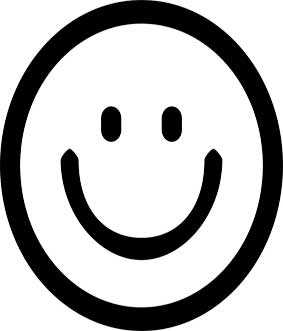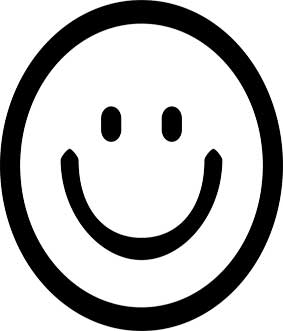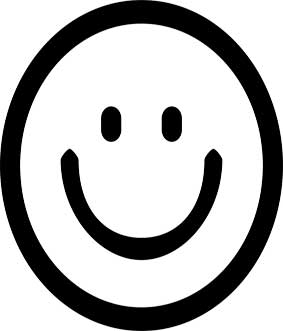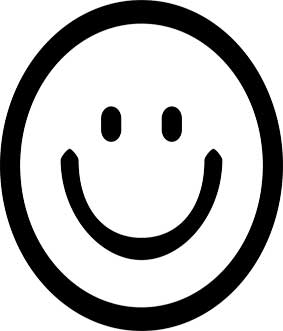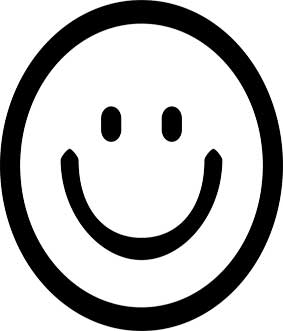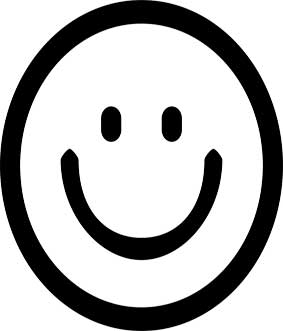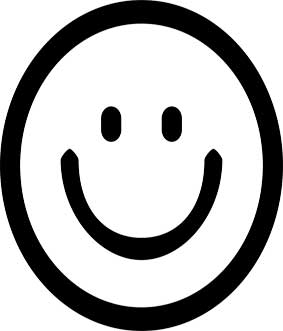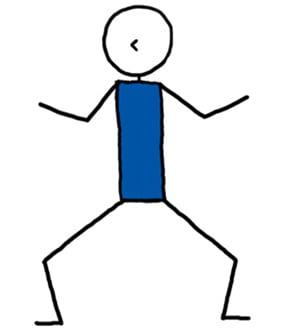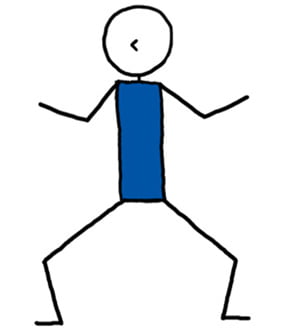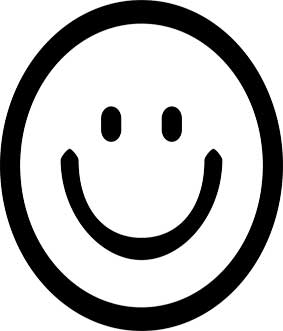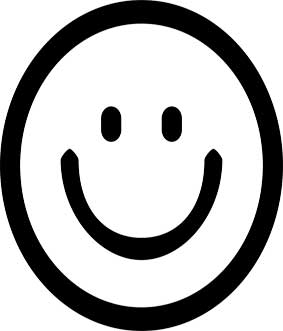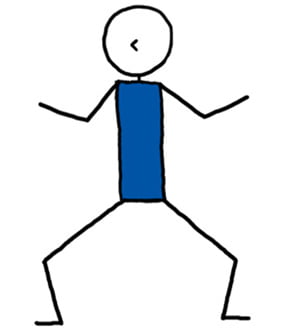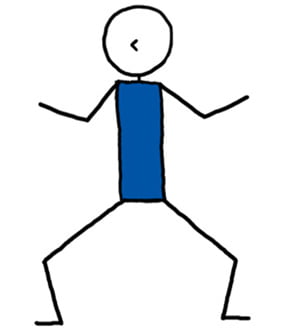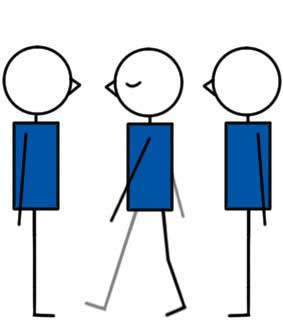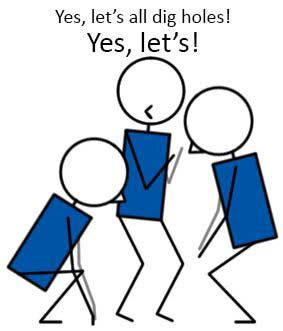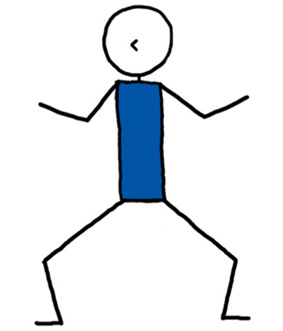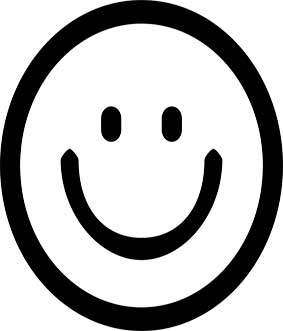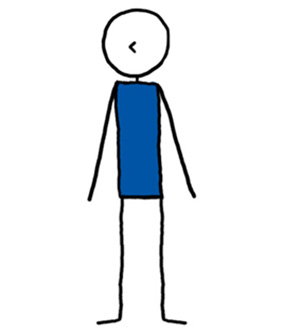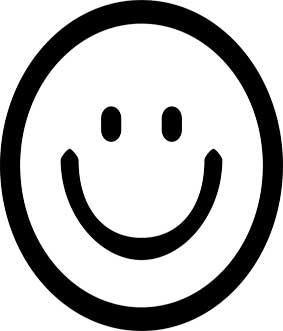
| Category: | Yoga Lesson Planner |
|---|---|
| Sub Category: | Laughter |
| Types: | Standing |
| Anatomy: | Neck |
| Chakras: | Crown Centre, Heart Centre, Third Eye, Throat Centre |
| Therapy: | Anxiety, Asthma, Depression, Fatigue, Headaches, Insomnia, Stress |
| Dosha: | Kapha, Pitta, Vata |
Thrust out the tongue. Widen the eyes. Stretch the hands out like lion claws while laughing. Do this while walking around.
Prepping the body and mind for happiness.
Might make you laugh a lot!
Click here for lots of FREE downloadable Yoga lesson plans.
Click here for lots of FREE downloadable Pilates lesson plans.
I always sneak in one laughter yoga exercise into every yoga class I teach. Why?
Firstly, because it’s a lot of fun. Laughter Yoga (Hasya Yoga) is prepping the body and mind for happiness. I mean come on, it doesn’t get much better than that.
Secondly, it bonds everyone in the class. Everyone feels part of a special class, like a VIP club. And guess what that does for attendance and word of mouth referrals for your yoga class? When I added laughter yoga exercises to my traditional Hatha yoga classes, I was able to ditch all my yoga class posters, and all the other marketing activities, because my classes were always full. I needed a waiting list. Don’t believe me? Pick a laughter yoga exercise to teach in your next yoga class. You’ll be amazed when the entire room comes alive with chortles, chuckles, hearty laughs, howling hoots, and thunderous guffaws.
Laughter Yoga Exercises FAQs
Below are some questions you may be asked by students about laughter yoga exercises…
What other laughter yoga exercises do you recommend?
Click here for dozens of laughter yoga exercises.
Who first started laughter yoga?
Laughter yoga was started by an Indian doctor called Madan Kataria in 1995.
What is laughter yoga?
It combines playful group activities and deep breathing to increase wellness, happiness, and laughter. It’s called laughter yoga because of the diaphragmatic breathing that takes place during a laugh. A laugh requires a full inhalation and a full exhalation.
Is the laughter real?
When the class starts off, the laughter is fake, but as the class progresses, and students lose their inhibitions, it becomes real and contagious.
What is the main goal of laughter yoga?
To train ourselves to bring more laughter into our lives. It also teaches us how to respond to stress with laughter (or an inner smile), instead of anxiety and stress.
What’s the science behind laughter yoga?
Everyone knows that it feels great to laugh. But not many people know the science behind why your body benefits from it. When you laugh, endorphins are released into your bloodstream. They are the body’s natural painkillers. If you’re in physical or mental pain, laughter will instantly make you feel better.
I’ve heard that laughter yoga can help me to lose weight. Is that true?
Laughter decreases the body’s production of cortisol, a hormone released by the adrenal glands into the bloodstream at times of stress. High levels of cortisol have been linked to weight gain.
Can laughter yoga help me become less shy and more sociable?
Yes. Most laughter yoga exercises are group exercises that involve making eye contact with others in the group. Making eye contact is a bonding activity. Outside of a yoga class setting, you’ll be amazed at how quickly you can bond with a stranger when you make eye contact, and share a laugh.
Can laughter yoga help with my anxiety and depression?
Yes. When you laugh, endorphins are released into your bloodstream. They are the body’s natural painkillers. If you’re feeling anxious or depressed, laughter will make you feel better.
Can laughter yoga increase my energy levels?
Yes! The brain benefits from laughter. The more oxygen you can get to your brain, the better it will function. Laughter yoga increases the supply of oxygen in the body, which will make you feel more energetic.
Is fake laughter as beneficial as real laughter?
Yes. Fake laughter (laughter that is forced instead of spontaneous) has the same beneficial effects. When the class starts off, the laughter is fake, but as the class progresses, and students lose their inhibitions, it becomes real and contagious.




 Yoga Lesson Planner
Yoga Lesson Planner
 Pilates Lesson Planner
Pilates Lesson Planner



